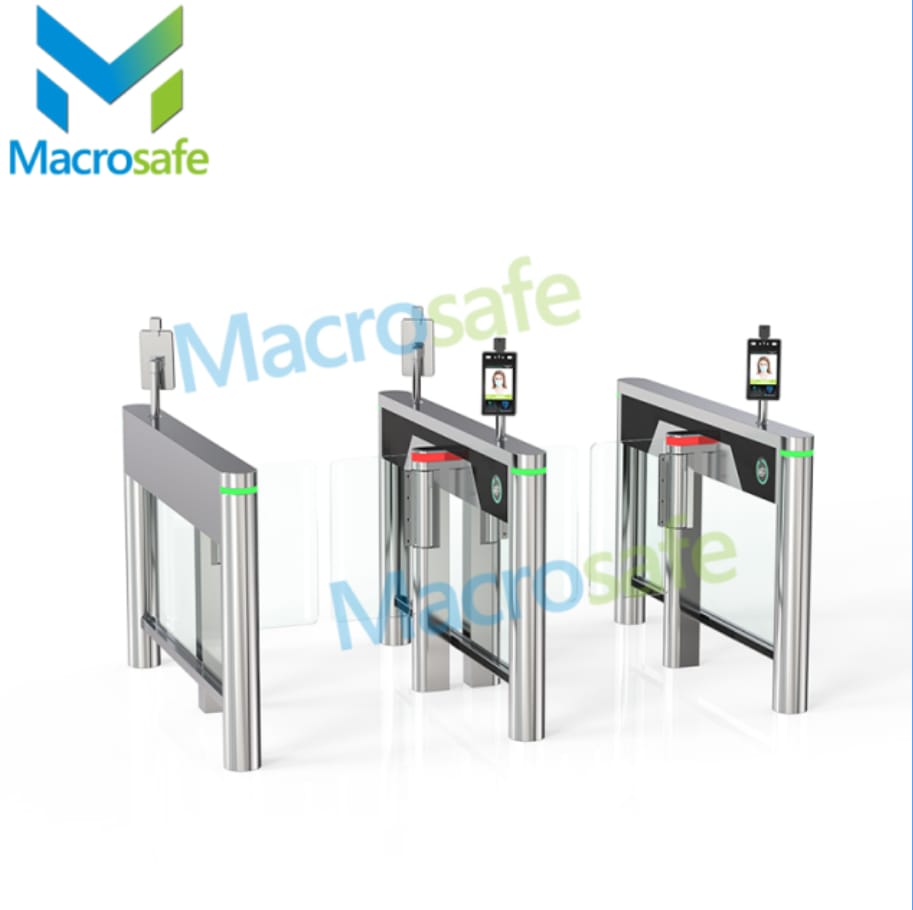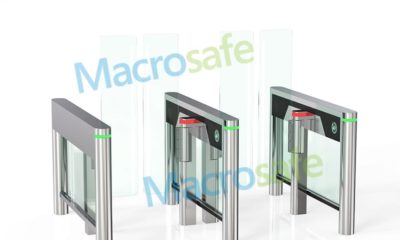Tech
Sport Event Security: Maintaining Order and Safety

Sporting events bring together athletes and fans from around the world, making event security a top priority. This article explores strategies and best practices for maintaining order and safety at sport events. Topics include participant management, venue security, crowd control, and the role of innovative solutions like optical turnstiles in enhancing overall security.
Participant Management
Effective participant management is crucial for maintaining order and safety at sport events. Event organizers should implement clear and comprehensive registration processes to gather necessary participant information, such as emergency contact details and medical conditions. This information enables organizers to anticipate potential risks and ensure appropriate medical support and communication channels are in place. By efficiently managing participant registration, event organizers can better address safety needs and maintain a secure environment.
Venue Security
Proper venue security is essential to prevent unauthorized access and maintain a safe environment for participants and spectators. Event organizers should collaborate with highly trained security personnel and implement measures such as bag checks, restricted areas, and surveillance systems. Additionally, the use of access control systems like optical turnstiles can enhance security by allowing only authorized individuals to enter specific areas. Optical turnstiles provide a secure and controlled entry point, reducing the risk of crowd-related incidents and improving overall event security.
Crowd Control
Managing crowds is a critical aspect of maintaining order and safety at sport events. Event organizers should develop crowd management plans that include measures such as designated entry and exit points, clearly marked evacuation routes, and trained staff to monitor crowd behavior. This proactive approach helps prevent overcrowding, minimizes the risk of stampedes or other accidents, and ensures the safety of all attendees. Additionally, communication systems like loudspeakers or mobile apps can be used to relay important information to the crowd and address any emergencies promptly.
Medical Support
Having proper medical support at sport events is essential to respond to any medical emergencies quickly and effectively. Organizers should arrange for qualified medical personnel, equipped with necessary supplies, to be stationed throughout the venue. Additionally, medical facilities or tents should be readily accessible, and communication channels with nearby hospitals should be established. By ensuring adequate medical support, organizers can provide immediate medical attention to injured participants or spectators, contributing to the overall safety of the event.
Training and Preparedness
To maintain order and safety, it is vital that all staff involved in the event, including security personnel and volunteers, receive proper training and are well-prepared for potential situations. Training should cover areas such as incident response, crowd management techniques, and emergency procedures. By investing in comprehensive training programs, event organizers can enhance the overall preparedness and responsiveness of their staff, contributing to a safe event environment.
Technology Integration for Enhanced Security
In this section, we’ll explore how modern technology can be integrated to further enhance security at sporting events:
- Surveillance Systems: Implementing advanced surveillance systems with high-resolution cameras and facial recognition technology can help identify potential threats and monitor crowd behavior more effectively. These systems can also provide valuable evidence in case of security incidents.
- Mobile Apps for Attendees: Developing dedicated mobile apps for event attendees can improve communication and safety. These apps can offer real-time updates on event information, emergency alerts, and even a feature to report security concerns or medical issues directly to event organizers.
- Drones for Aerial Surveillance: The use of drones equipped with cameras provides an aerial view of the event, helping security teams identify crowd congestion, suspicious activity, or emergency situations quickly. Drones can cover large areas and provide valuable situational awareness.
Crisis Management and Contingency Planning
This section delves into the importance of having comprehensive crisis management and contingency plans in place:
- Risk Assessment: Conducting thorough risk assessments before the event is crucial. Identify potential threats, vulnerabilities, and worst-case scenarios. This information informs your contingency plans and resource allocation.
- Emergency Response Teams: Form specialized emergency response teams consisting of medical personnel, security experts, and crowd control specialists. These teams should be well-trained to handle various emergency situations effectively.
- Communication Protocols: Establish clear communication protocols between event organizers, security personnel, law enforcement agencies, and medical teams. Effective communication ensures a coordinated response during critical incidents.
Post-Event Evaluation and Continuous Improvement
This section focuses on the importance of learning from each event to enhance future security measures:
- After-Action Reviews: Conduct detailed after-action reviews following each sporting event. Analyze what went well, what could have been improved, and any incidents that occurred. Use this feedback to refine security protocols and procedures.
- Stakeholder Feedback: Gather feedback from participants, spectators, and security personnel. Their insights can provide valuable perspectives on the event’s security and safety measures.
- Investing in Innovation: Stay updated with the latest security technologies and industry best practices. Continuously invest in innovative solutions to stay ahead of evolving security threats.
Conclusion:
Sport event security requires a holistic approach that encompasses participant management, venue security, crowd control, medical support, and staff training. By emphasizing these aspects, event organizers can maintain order and safety, ensuring a positive experience for participants and spectators alike. Innovative solutions like optical turnstiles provide an added layer of security by managing access control effectively. By implementing the strategies and best practices outlined in this article, sport event organizers can create environments that prioritize safety and enjoyment for all involved.




